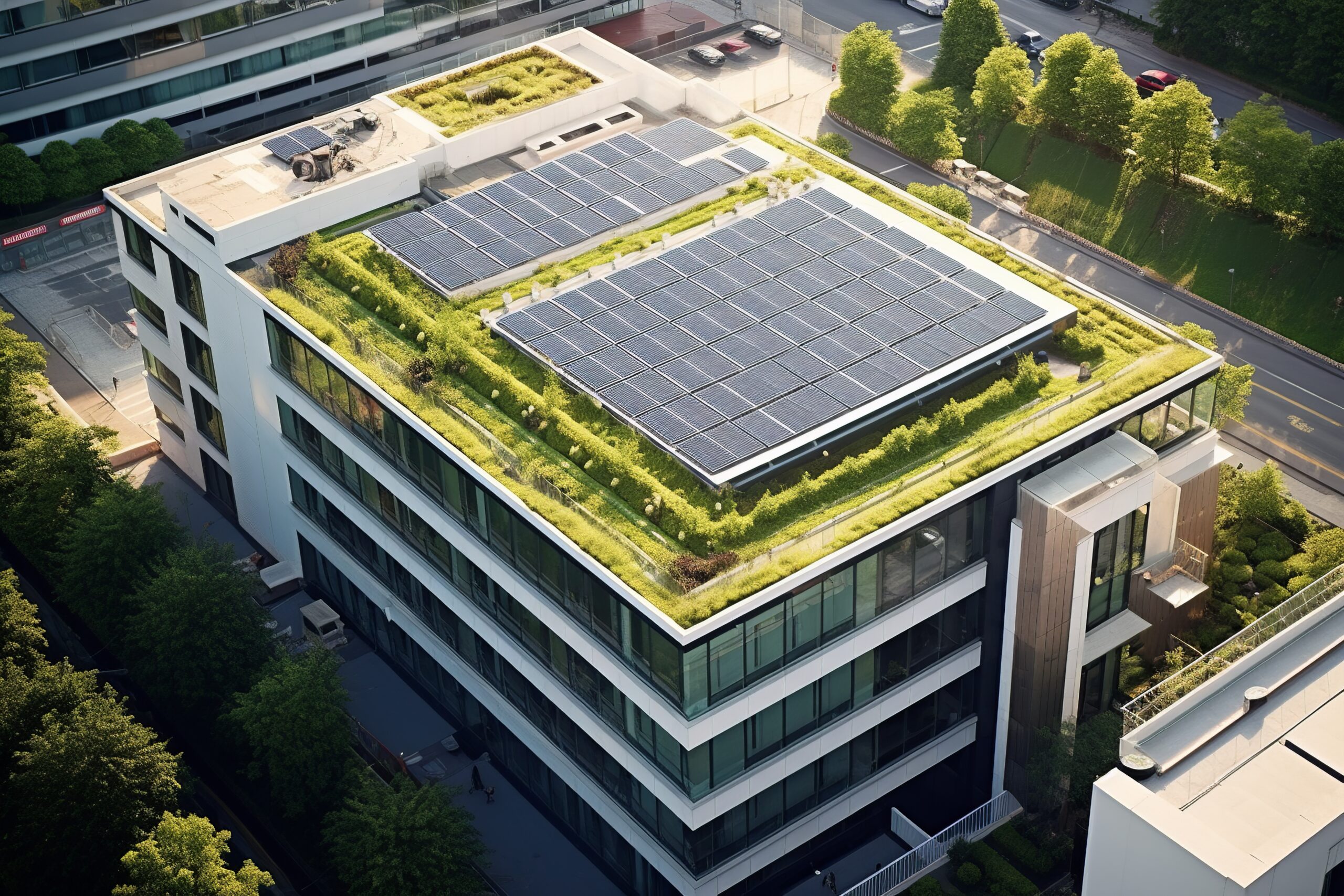
The pace of innovation is speeding up in the photovoltaic industry
The European Union has set itself the goal of reaching carbon neutrality by 2050, and so is exploring several solutions to transition to a low-carbon economy. In order to support and accelerate member states’ energy transitions, there is already some work being done to pursue solar energy innovations in a market that was worth an estimated $10.69 billion in 2020[1]. Driven by heavy investment in North America, Europe, the Asia-Pacific Region, South America, the Middle East, and Africa, this market is expected to reach $17.6 billion by 2026. Let’s take a look at some of the latest innovations in the photovoltaic industry.
New energy sources in new forms
Research and development led by the European Union and the United States has led to new ideas about the best form for photovoltaic panels that will let them reach their full potential. One American company has already met the challenge of transforming our windows into independent sources of energy[2]. Once treated with a liquid coating that is dried at a low temperature, forming a transparent film, glass surfaces can produce 50 times more energy than traditional roof-mounted solar panels. The widespread use of this process would create a powerful new energy source. Originally designed for skyscrapers, this innovative technique uses carbon, hydrogen, nitrogen, and oxygen, and could be employed for any kind of structure: smaller residential buildings, vehicle windscreens, roofs, or even rear view mirrors.
Windows and roofs are not the only surfaces that can be used to produce energy. There is ongoing research into the possibility of supplying energy from space to any region on earth. American Pentagon researchers have already experimented with installing solar panels in space that can send electricity back to Earth[3]. This requires the use of a “photovoltaic radio-frequency antenna module” and allows for blue light captured in space to be transformed into electricity for terrestrial use. Although the technology can only currently produce 10 watts of energy, about enough to recharge a smartphone, it is opening up new horizons for renewable energy and especially for solar energy.
A bright innovation for a rainy day
Photovoltaic panels are an everyday solution for generating solar electricity that are mostly used in hot and sunny environments. With the goal of adapting to climate variations and allowing wetter regions to benefit from this promising technology, renewable energy specialist researchers from the University of the Ocean and Yunnan Normal University in China have developed new solar panels with a coating of graphene[4]. Made of carbon, this material allows the panel to function even when it is raining.
By interacting with the raindrops, and in particular with the salts they contain as impurities, the graphene is able to produce an electric current. According to its designers, it might just produce enough energy to help solve the energy crisis. This innovation would significantly increase the potential of photovoltaic panels and could even change the game for renewable energy in many countries where it rains regularly. This is notably the case for the United Kingdom, where it rains more than 40% of the year. Despite undeniable energy performance, the production costs of graphene remain a major obstacle to its large-scale use.
Saving money and saving energy
Beyond their major advantages for protecting natural resources, innovations in the photovoltaic industry can also provide opportunities for reducing energy costs for households or municipalities. For example, the Region of Brittany recently launched a project with European co-financing to reduce energy consumption using solar power. The town of Locminé (France) installed photovoltaic panels with an innovative module called the Energy Management System, which improves energy efficiency and manages energy infrastructure and services. This module has a digital routing unit that selects the least expensive energy source available. Energy produced by the panels is then either consumed immediately or stored in a battery. The module can switch automatically from drawing on the battery, taking in newly generated energy directly, or tapping into the grid.
All of these innovations help optimize the use of solar energy and make it more efficient, therefore gradually democratizing its use, in accordance with local needs and characteristics. This is evidenced by the very strong growth in photovoltaic energy in recent years, with more than 12% growth worldwide in 2019 compared to 2018[5], with nearly 115 GW of photovoltaic panels now installed. Asia remains the world’s leading producer of solar energy (41% of global production), while Europe comes in second with 24% of global production in 2018. With all of these innovations, renewable energy seems likely to take off in the next few years, driven by American and European recovery plans. This support is most welcome, and will help to meet companies’ energy needs, allowing us to foster energy progress.
[1] http://www.justfamous.fr/2021/03/11/toit-solaire-photovoltaique-pv-taille-du-marche-2021-analyse-perspectives-regionales-les-strategies-concurrentielles-et-previsions-jusqua-2026/
[2] https://www.parismatch.com/Actu/Environnement/Une-fenetre-solaire-pour-gratte-ciel-SolarWindow-816183
[3] https://edition.cnn.com/2021/02/23/americas/space-solar-energy-pentagon-science-scn-intl/index.html
[4] https://sciencepost.fr/grace-graphene-panneaux-solaires-génèrent-courant-pluie/
[5] https://www.edf.fr/groupe-edf/espaces-dedies/l-energie-de-a-a-z/tout-sur-l-energie/produire-de-l-electricite/le-solaire-photovoltaique-en-chiffres

